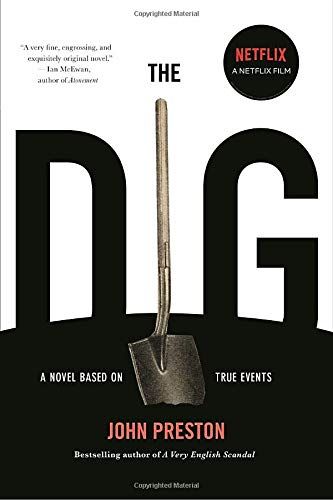
 Installation of most buried assets was before today’s accurate GPS/GIS technology. In many cases, builders, contractors, or property owners install domestic connections, The asset owner may not have done the actual installation. Misplaced or missing marker posts or relying on old measurements being exact, which people tend to do, is hazardous therefore, in most cases, measurements for depths/alignments are not supplied by asset owners.
Installation of most buried assets was before today’s accurate GPS/GIS technology. In many cases, builders, contractors, or property owners install domestic connections, The asset owner may not have done the actual installation. Misplaced or missing marker posts or relying on old measurements being exact, which people tend to do, is hazardous therefore, in most cases, measurements for depths/alignments are not supplied by asset owners. 

Asset owners do not have ongoing visibility or control of the environment around their assets, so they do not know if changes have occurred. Also, misrepresenting property boundaries may occur, e.g., fences may not be in the correct alignment. For example, some underground assets were installed 30 years ago or longer since then, surface levels could have changed up or down due to floods, agricultural practices etc.
 Asset owners cannot record the exact measurements of depths and alignments because the ground profile could have changed since the cable/pipe was installed, rendering the measurements inaccurate and giving you a false indication of where it is. Asset owners only record the general locations of their assets. The story is truer than true, recalling the real-life moment British cello virtuoso Beatrice Harrison took her dignified instrument to her garden, and a songbird joined in.No, Plans are indicative only. “At first she couldn’t believe it, so she started playing a sonata, and the nightingale accompanied her.” One night she was playing a scale and a nightingale joined in. “In the summer evenings she used to practise in the garden. “There’s a wonderful cellist called Beatrice Harrison,” Peggy says. There’s a wonderful scene in which young archaeologist Peggy (Lily James), tells Rory (Johnny Flynn) of the time a cellist inadvertently played a duet with the nightingales inhabiting her garden. Is the story of the cellist and the nightingale real? Read more: Soprano sings jaw-dropping Handel aria from church pulpit > We’re also treated to some wonderful Handel at the garden party scene near the end, when a fanfare moment from the English composer’s Music for the Royal Fireworks is played out by a brass band, in celebration of the historic local findings. Sweeping strings and sounds from the natural world speak beautifully to the film’s British setting, with melancholy moments on the piano painting a picture of nostalgia for pre-war times and moments of wonder and discovery amplified by driving timpani lines. It embraces moments of silence and does not dominate, rather providing a melodious support for the film’s outstanding acting and script, and breathtaking Suffolk landscapes. Gregory’s music for The Dig is soft and subtle.
Asset owners cannot record the exact measurements of depths and alignments because the ground profile could have changed since the cable/pipe was installed, rendering the measurements inaccurate and giving you a false indication of where it is. Asset owners only record the general locations of their assets. The story is truer than true, recalling the real-life moment British cello virtuoso Beatrice Harrison took her dignified instrument to her garden, and a songbird joined in.No, Plans are indicative only. “At first she couldn’t believe it, so she started playing a sonata, and the nightingale accompanied her.” One night she was playing a scale and a nightingale joined in. “In the summer evenings she used to practise in the garden. “There’s a wonderful cellist called Beatrice Harrison,” Peggy says. There’s a wonderful scene in which young archaeologist Peggy (Lily James), tells Rory (Johnny Flynn) of the time a cellist inadvertently played a duet with the nightingales inhabiting her garden. Is the story of the cellist and the nightingale real? Read more: Soprano sings jaw-dropping Handel aria from church pulpit > We’re also treated to some wonderful Handel at the garden party scene near the end, when a fanfare moment from the English composer’s Music for the Royal Fireworks is played out by a brass band, in celebration of the historic local findings. Sweeping strings and sounds from the natural world speak beautifully to the film’s British setting, with melancholy moments on the piano painting a picture of nostalgia for pre-war times and moments of wonder and discovery amplified by driving timpani lines. It embraces moments of silence and does not dominate, rather providing a melodious support for the film’s outstanding acting and script, and breathtaking Suffolk landscapes. Gregory’s music for The Dig is soft and subtle.








 0 kommentar(er)
0 kommentar(er)
